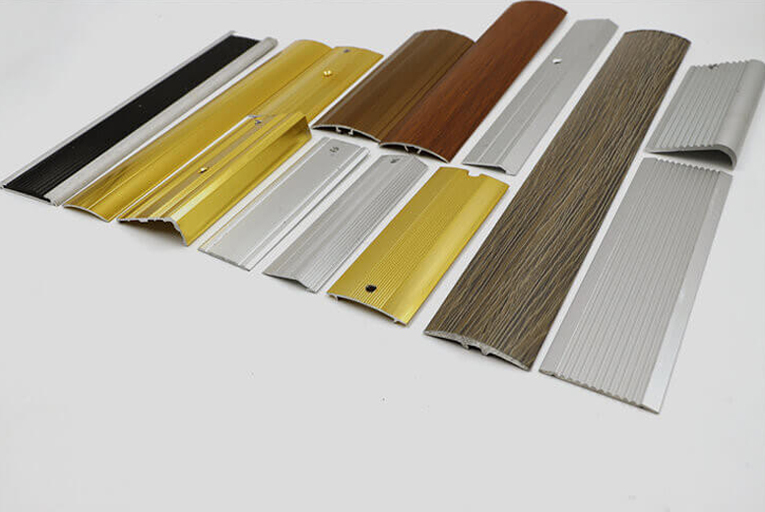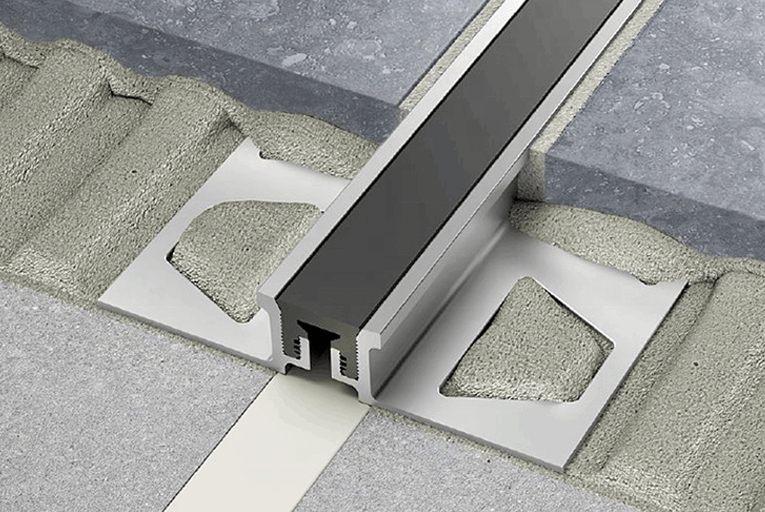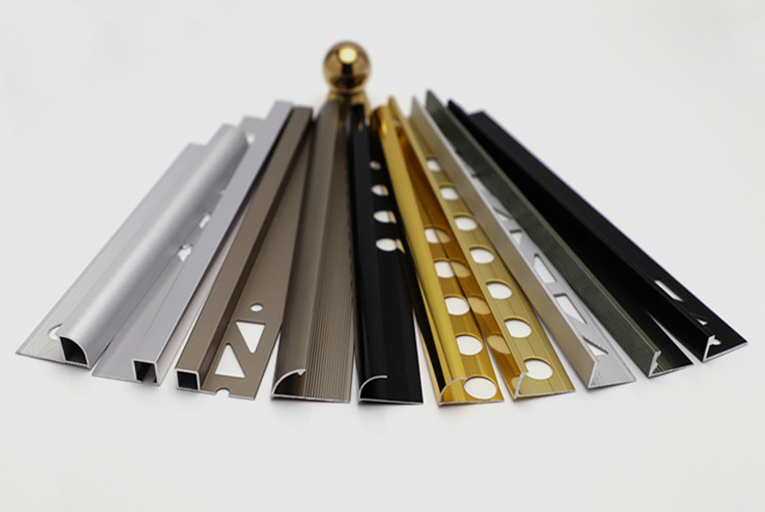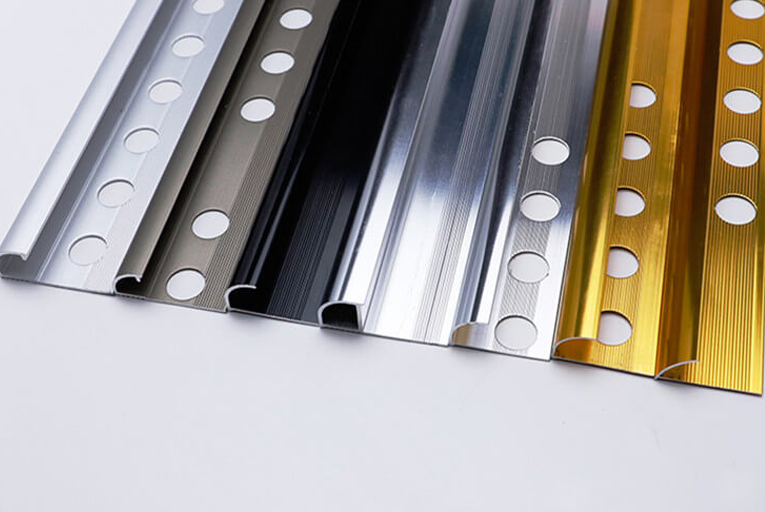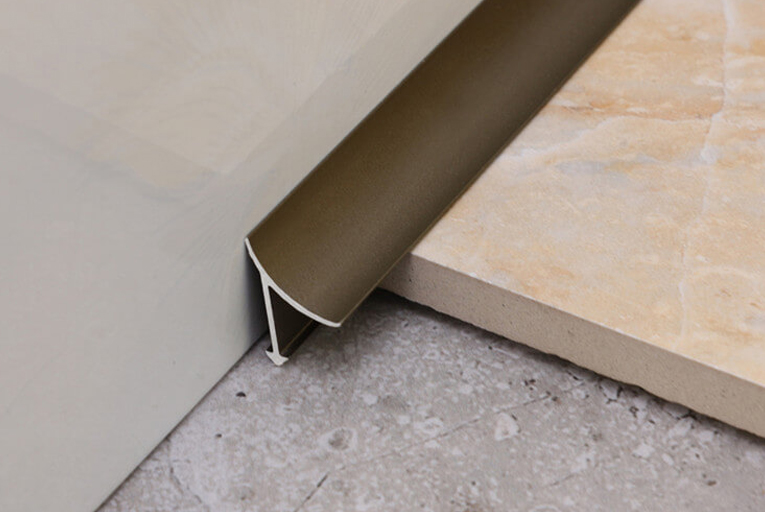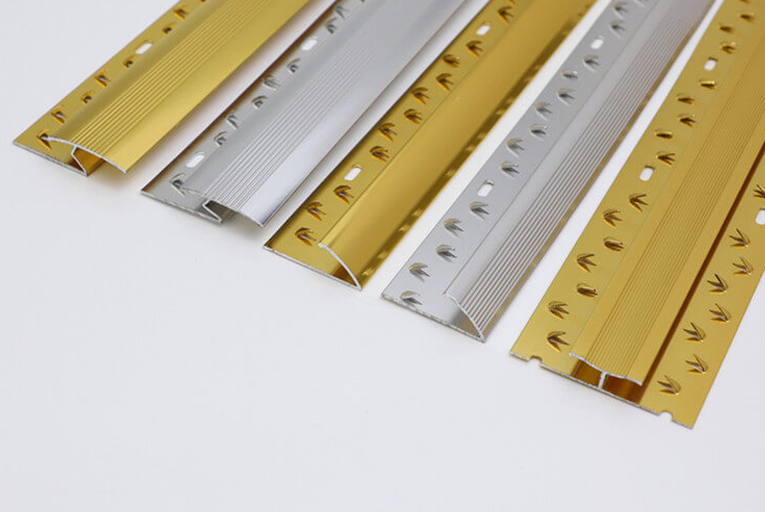Don’t Let Your Tiles Go Wild- Taming the Edges with Trim
When it comes to tiling, the devil is in the details. While the tiles themselves may be perfectly placed, it’s the edges that can make or break the overall look of your project. Without proper trimming, tiles can appear unfinished or messy, detracting from the overall aesthetic. That’s where trim comes in. Trim provides a clean, polished finish to any tiling project, framing the tiles and giving them a more polished and professional look.
Types of Trim
There are various types of trim available, each with its own unique purpose and aesthetic. Some of the most common types of trim include:
Bullnose Trim:
This type of trim is used to create a rounded, curved edge on the tiles. It’s commonly used for countertops, shower niches, and other areas where a smooth, seamless transition is desired.
Pencil Trim:
As the name suggests, pencil trim is a thin, narrow trim that is used to create a sharp, straight edge. It’s often used to accentuate the edges of tiles, or to create a border between different types of tiles.
Quarter-Round Trim:
Quarter-round trim is a versatile trim that can be used to create both curved and straight edges. It’s suitable for a wide range of applications, including countertops, backsplashes, and windowsills.
Metal Trim:
Metal trim is a durable and moisture-resistant option for tiling projects. It’s often used in areas where exposure to water is a concern, such as showers, bathrooms, and kitchens.
Choosing the Right Trim
Choosing the right trim for your project depends on a number of factors, including the type of tiles you’re using, the overall design of the space, and your personal preferences. Here are a few things to consider when selecting trim:
Material:
Trim is available in a variety of materials, including ceramic, porcelain, metal, and plastic. The material you choose should be compatible with the type of tiles you’re using.
Size and Shape:
The size and shape of the trim should complement the size and shape of your tiles. If you have large tiles, you’ll need a trim that is wide enough to provide adequate coverage.
Color and Finish:
The color and finish of the trim should match or complement the tiles. You can choose a trim that matches the exact color of your tiles, or opt for a contrasting trim to create a more dynamic look.
Installing Trim
Installing trim is a relatively straightforward process, but it’s important to pay attention to detail to ensure a professional finish. Here are the basic steps for installing trim:
1. Cut the trim to the desired length using a tile saw or wet saw.
2. Apply thin-set mortar to the back of the trim.
3. Press the trim into place and align it with the edge of the tiles.
4. Remove any excess thin-set mortar that squeezes out.
5. Grout the joints between the trim and the tiles.
6. Allow the grout to dry completely.
By following these steps, you can ensure that your tiles have a clean, polished finish that will last for years to come.
-
The 6 Hottest Tile Trim Solutions for 2021
2022-02-09 -
How to Install Tile Trims Line?
2022-02-09 -
Difference Between Sandblasting and Anodizing Surface Treatment of Aluminum Tile Trim
2022-02-09 -
The Different Uses of Tile Outside Corner Edging Trim and Inside Corner Edging Trim
2022-02-09 -
The Most Popular 5 Different Materials of Tile Trim Line
2022-02-09 -
What is Carpet Cover Trim?
2022-02-09
